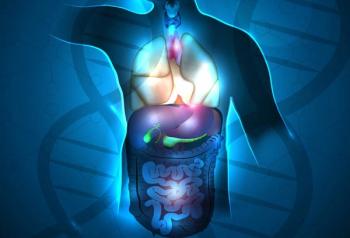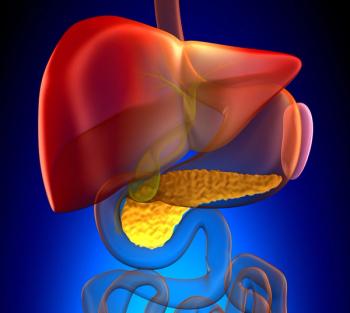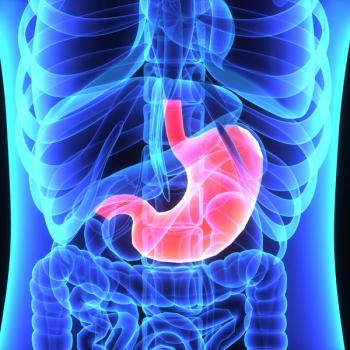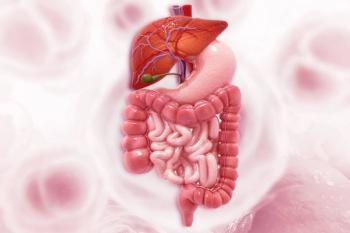
- ONCOLOGY Vol 13 No 7
- Volume 13
- Issue 7
Hospitalization for 5-FU Toxicity in Metastatic Colorectal Cancer: Incidence and Cost
Although treatment with 5-fluorouracil (5-FU) plus calcium folinate has been reported to prolong survival in patients with metastatic colorectal cancer, it can also cause significant toxicity, potentially resulting in
ABSTRACT: Although treatment with 5-fluorouracil (5-FU) plus calcium folinate has been reported to prolong survival in patients with metastatic colorectal cancer, it can also cause significant toxicity, potentially resulting in hospitalization. The incidence and cost of these admissions have not been fully documented. The purpose of this study was to document the incidence and cost of toxicity-related admissions among patients with newly diagnosed metastatic colorectal cancer who received 5-FU. [ONCOLOGY 7(Suppl 3):41, 1999]
Using a retrospective cohort study, we examined the incidence and associated cost of hospitalization for 5-fluorouracil (5-FU) toxicity among patients with newly diagnosed metastatic colorectal cancer, using claims data from the 1994 Medicare 5% sample. We selected all patients with diagnoses of metastatic colorectal cancer who underwent colorectal surgery in 1994. The incidence and cost of hospitalization with diagnoses related to 5-FU toxicity were then estimated, using techniques of survival analysis, for patients who received 5-FU therapy within 90 days of the date of surgery and for those who did not receive any chemotherapy.
A total of 449 patients met all study entry criteria, including 192 who received 5-FU and 257 who did not receive chemotherapy following surgery. 5-Fluorouracil patients were significantly younger than those in the no-chemotherapy group (P < .001). The mean (± standard deviation) follow-up time was slightly longer in the 5-FU group (137 ± 96 days) than in the no-chemotherapy group (117 ± 87 days). At 10.2 months, the cumulative incidence of hospitalizations with diagnoses related to 5-FU toxicity (principally volume depletion, agranulocytosis, and gastroenteritis) was 31% among patients receiving 5-FU and 8% among those not receiving chemotherapy. Among patients in the 5-FU group, half of all toxicity-related hospitalizations occurred within 15 days of receipt of 5-FU; 80% occurred within 1 month of 5-FU administration. The cost of toxicity-related inpatient care was approximately $2,700 higher among 5-FU patients.
Hospitalization for 5-FU toxicity is frequent and costly among Medicare patients with metastatic colorectal cancer.
Articles in this issue
over 26 years ago
Discussing Disease Progression and End-of-Life Decisionsover 26 years ago
New Genetic Mechanism Associated With Thyroid-Related Diseasesover 26 years ago
Beyond 5-Fluorouracilover 26 years ago
Nonsurgical Therapy Holds Promise for Basal Cell Carcinomaover 26 years ago
Photodynamic Therapy Effective for Swallowing Problemsover 26 years ago
Novel Gene Therapy to Clear Blood Clots in Leg ArteriesNewsletter
Stay up to date on recent advances in the multidisciplinary approach to cancer.
































































































